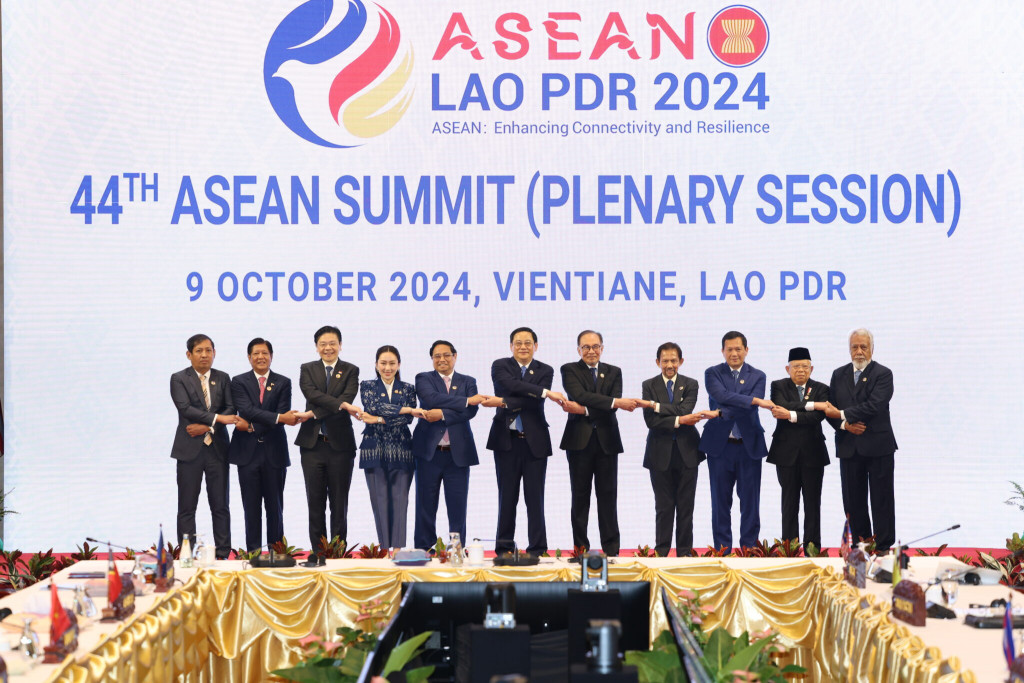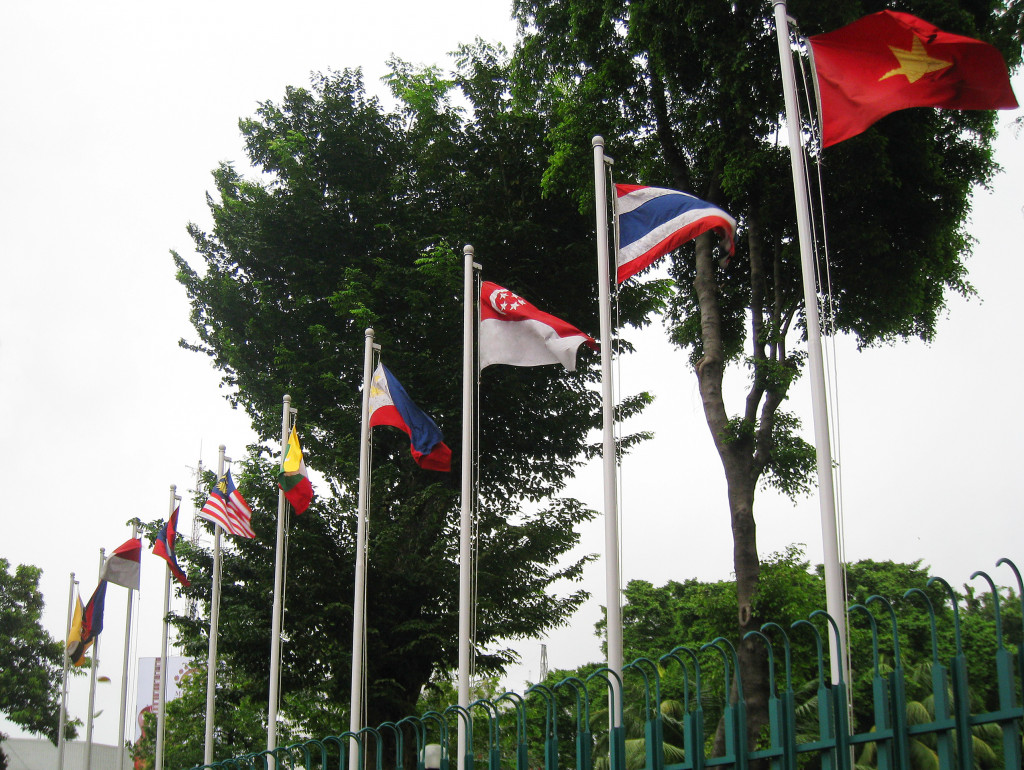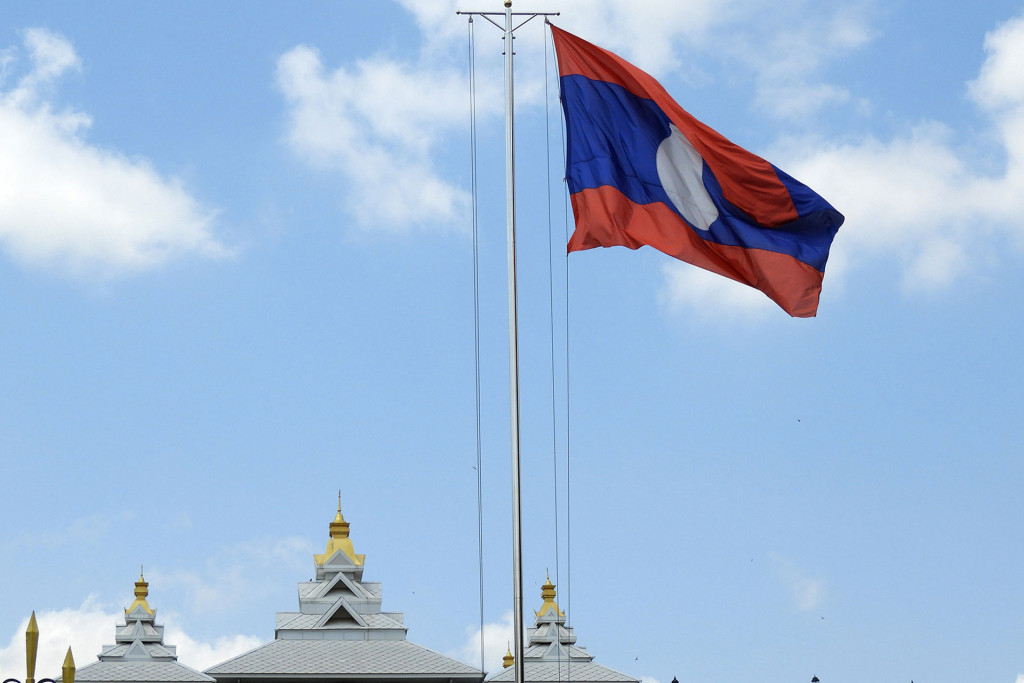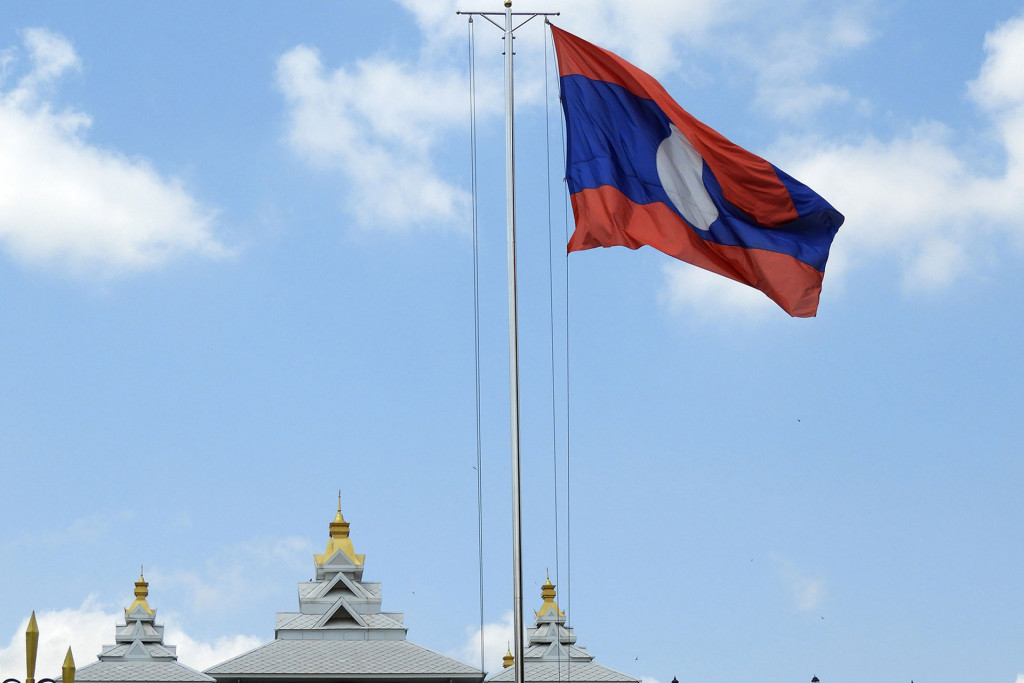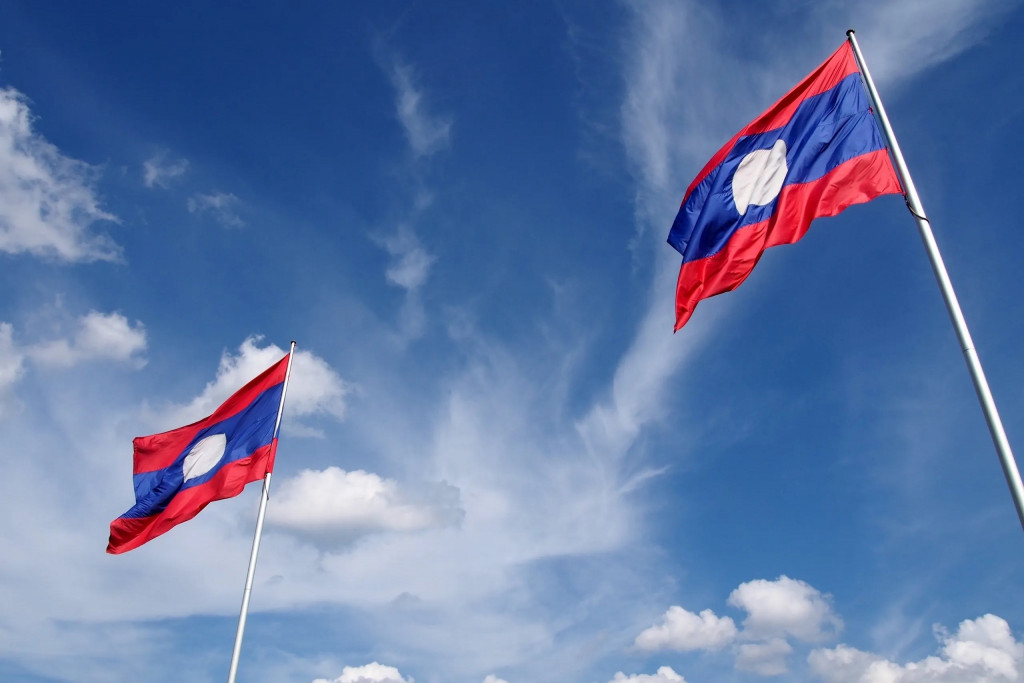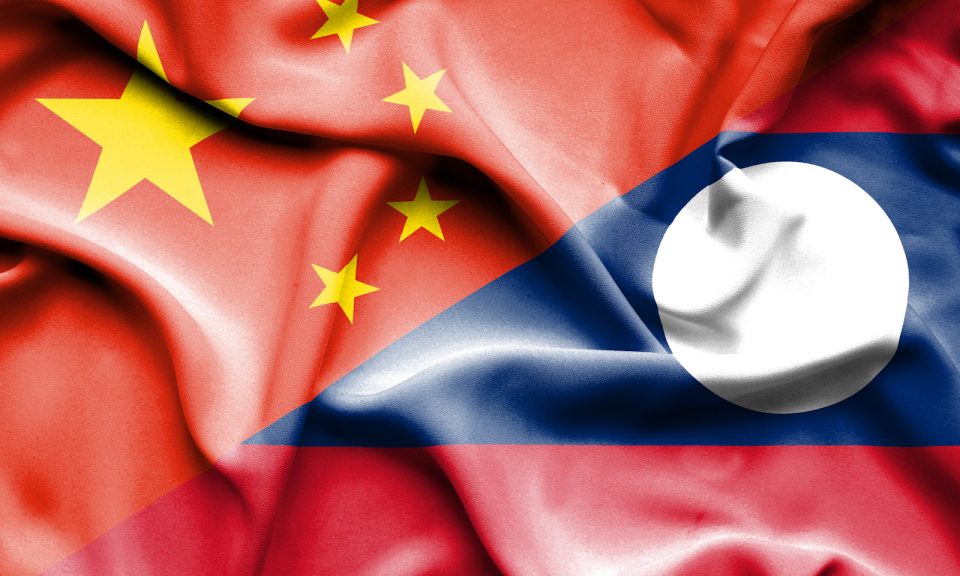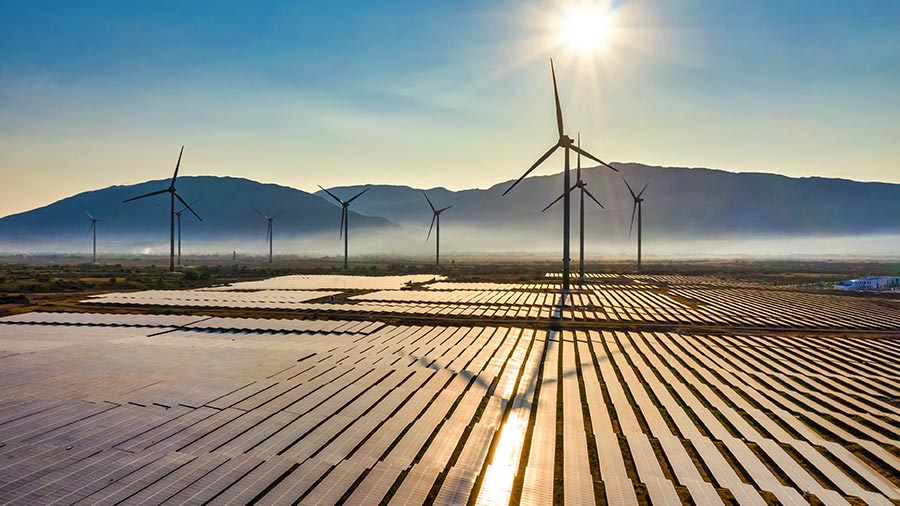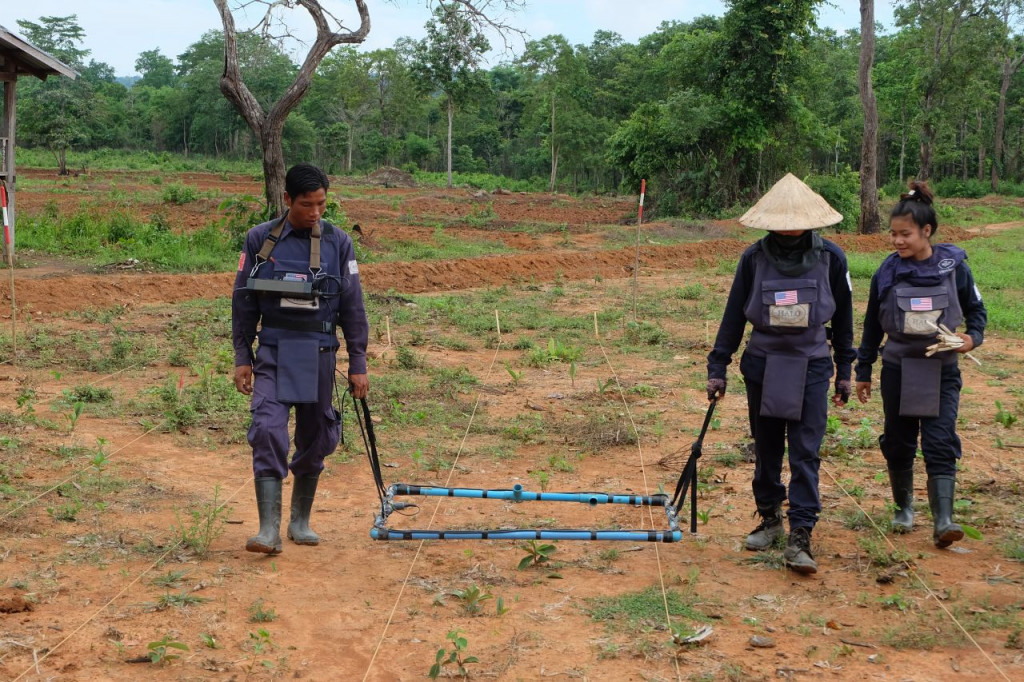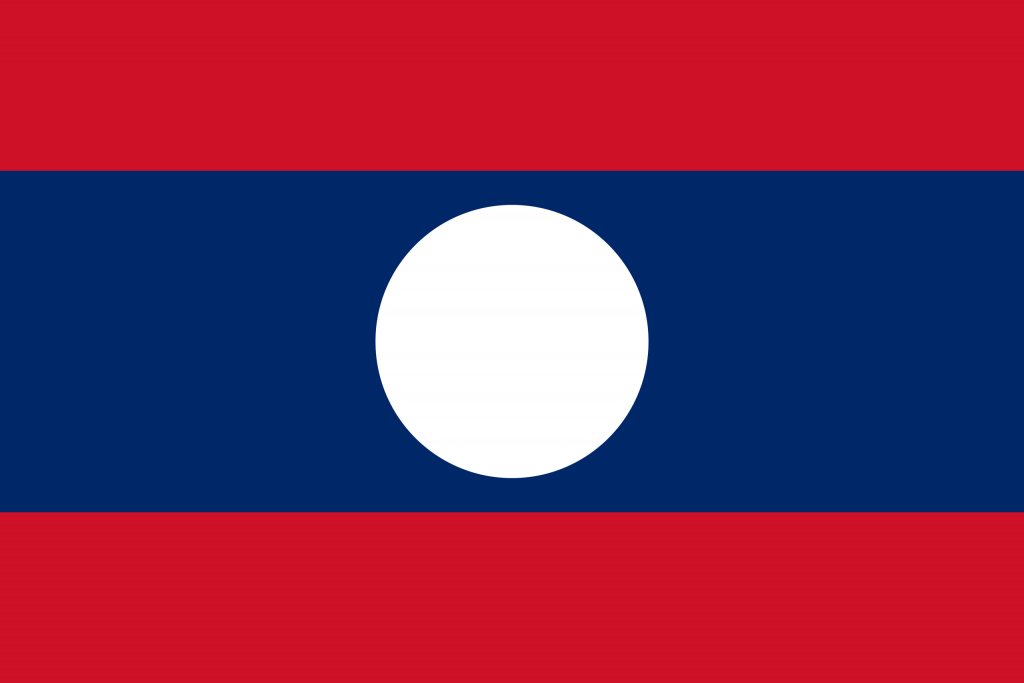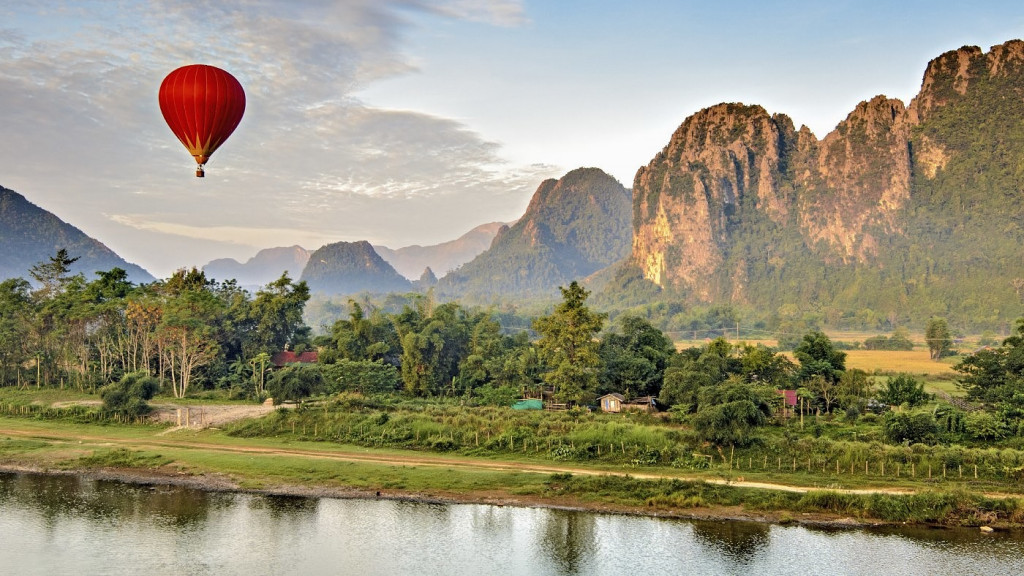The ASEAN chairmanship in Vientiane has made significant progress on the Myanmar dossier. The softer language is likely aimed at “wooing” the junta, with the aim of not alienating it from dialogue forums, but also to empower the rebels
By Francesco Mattogno
For the past few years, ASEAN, which was created to foster economic integration among regional states, has been forced to deal with more than just economics, investment and trade. The decades-old tensions over the South China Sea between China and various member countries (Philippines, Vietnam, Malaysia, Brunei, Indonesia) have been compounded by the civil war in Myanmar, which has been the real hot dossier of every ministerial and summit of the association since 2021. This was also the case in Vientiane.
Although several observers and analysts feared that Laos's reduced diplomatic clout could undermine the group's efforts to find a solution to the Burma crisis, the Laotian chairmanship was instead the most significant in this regard, though not only on Vientiane's merits. For the first time in more than three years, a non-political representative of the Burmese military junta (i.e., Foreign Ministry permanent secretary Aung Kyaw Moe) attended an ASEAN summit, at least ideally opening up the prospect of a regional dialogue aimed at fostering a return of peace in Myanmar.
Aung Kyaw Moe's presence in Vientiane should be recorded within a process that has been ongoing for several months. Following huge territorial losses over the past year, the Burmese junta, seeking international legitimacy, has taken a more open and dialogical attitude toward the association. In April 2021, two months after the coup, the military had signed a document (the “5-Point Consensus”) with ASEAN in which it pledged to stop the violence and engage in dialogue with all forces opposing the regime, only to violate every term of the agreement. For the past three years, the junta has been regularly bombing civilians and referring to resistance forces as “terrorists”-not exactly a sign of much inclination toward peace talks.
As a consequence of the failure to comply with the 5-Point Consensus, ASEAN has banned the Burmese military from attending every meeting of the association, allowing the regime to send only “non-political representatives,” i.e., secretaries and members of the administration. For nearly three years Naypyidaw refused to do so, deeming it an affront, before changing its mind last January in light of the rebels' advance in much of the country's suburbs. With the presidency of Laos-whose leadership maintains ambiguous relations with the Burmese regime-a gradual reintegration of Myanmar into the mechanisms of the bloc has thus begun, and the first (small) diplomatic results have also arrived.
Something began to move as early as the eve of the Vientiane meetings (Oct. 6-11). The week before the summit, Indonesia hosted representatives of ASEAN countries, along with representatives of the European Union, the United States, the United Nations, India, Japan, and representatives of resistance groups in Myanmar to talk about the Burmese crisis (neither the junta, which reportedly declined the invitation, nor China were present). Details of the meeting were not disclosed, but a few days later the Thai prime minister, Paetongtarn Shinawatra, agreed to host representatives of ASEAN countries in Bangkok for the purpose of presenting new peace proposals for Myanmar. The association has agreed, and talks will be held in December.
As Sebastian Strangio wrote in the Diplomat, ASEAN seems to have realized that it needs to take a more creative and flexible approach to the Burma crisis. This was also admitted by Philippine President Ferdinand Marcos Jr, who spoke of the need to find “new strategies.” The evolving situation on the ground, with the advance of the rebels, has made obsolete the 5-Point Consensus based on the central role of the military, which now no longer de facto controls large portions of Burma's territory. The risk then is that Myanmar's neighbors outside the association (China, India, Bangladesh) will become more influential and effective than ASEAN in finding a solution to the conflict. India, for example, has invited various rebel groups to participate in a conference on federalism to be held in November in New Delhi.
ASEAN would thus be beginning to accept the legitimacy of Burma's resistance forces, from the ethnic armed militias (EAO) to the People's Defense Forces (PDF) that refer to the democratic government-in-exile. This would also be noted in the joint statement on Myanmar released this week. The document is less harsh than that of 2023, in which member countries explicitly stated that the Burmese military was the main actor responsible for attacks on civilians, and urges “all armed forces” to reduce the level of violence.
While the softer language is likely aimed at “wooing” the junta, with the aim of not alienating it from dialogue forums, it could also be aimed at empowering the rebels by recognizing their important role in the logic of the peace process. Possibilities that the state-centric approach of the 5-point Consensus did not take into consideration. It is also true that many resistance groups now seem reluctant to dialogue. On the strength of their many victories on the ground, more and more EAOs aspire to revolution and do not want to hear about peace talks. Or alternatively, they demand as a condition of departure the total surrender of the junta, with attached war crimes and crimes against humanity trials of the regular army leadership and soldiers. A prospect the military is unwilling to accept.

